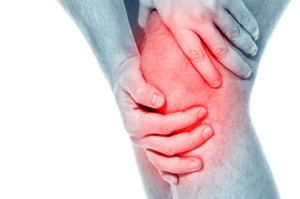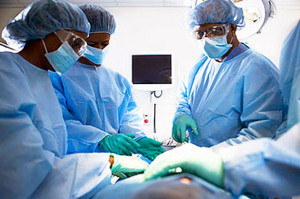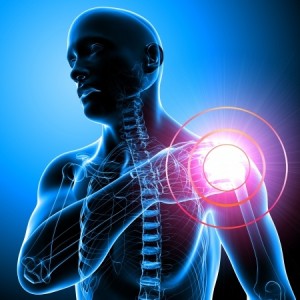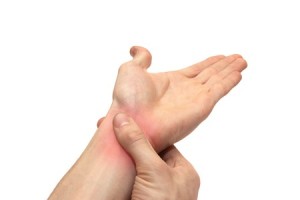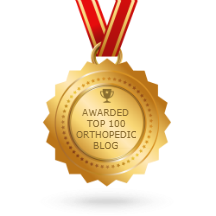Arthritis Treatment Options
In broad terms, arthritis is the inflammation of one or more of the joints within the human body. Every day, thousands of people of all ages experience pain and stiffness due to the degenerative effects of arthritis. In general as a person ages, the pain associated with arthritis may increase due to the simple wear and tear on the human body.
Beginning with an accurate diagnosis from a Fountain Valley orthopedic expert, arthritis treatment options will vary with each patient. Depending on the degree of degeneration, affordable and effective non-surgical methods may be enough to combat the symptoms of the disease to allow a patient resume normal daily activities.
Non-Surgical Arthritis Treatment Options
 In Fountain Valley, seeking the expert knowledge of an orthopedic doctor will help find the best type of arthritis treatment options for the best price. The orthopedic doctor will begin with a complete medical history, physical examination, and testing to determine if the symptoms are related to arthritis. After a precise diagnosis, the doctor will design an effective program and explain the desired expectations for the various non-surgical arthritis treatment options.
In Fountain Valley, seeking the expert knowledge of an orthopedic doctor will help find the best type of arthritis treatment options for the best price. The orthopedic doctor will begin with a complete medical history, physical examination, and testing to determine if the symptoms are related to arthritis. After a precise diagnosis, the doctor will design an effective program and explain the desired expectations for the various non-surgical arthritis treatment options.
- Maintain a healthy weight; losing the extra pounds will help reduce the stress on the joints. Working to stay in good physical condition will be more helpful in the long term as the degenerative disease slowly progresses.
- Strength training and low impact exercises will help in reducing symptoms while increasing flexibility and range of motion. For example, numerous arthritis sufferers opt to use swim exercise programs to help get the most out of a workout with limited impact on the joints.
- Physical therapy may be ordered by the orthopedic specialist to help restore range of movement. The sessions will use stretching exercises to help with everyday activities, including walking, sitting, climbing small sets of stairs and much more.
- Corticosteroid medication or injections to help reduce inflammation which will reduce the pain of the joints.
- Over the counter or prescribed pain medications to reduce inflammation, pain, and stiffness.
- The use of a brace or splint to give extra support when symptoms are overwhelming.
- Walking with a cane for added support during daily activities
- Hot or cold compresses to ease symptoms, including pain and inflammation
Surgery
After all the non-surgical arthritis treatment options have been exhausted, surgery may be the next step in the treatment program. Surgery may involve replacing the entire joint with a prosthetic one or alignment of the existing joint for better range of movement. The types of surgical arthritis treatment options usually fall into one of four categories.
- Arthroscopy is a medical procedure where small incisions are made around the diseased joint. Inserting small instruments in the incisions allow for removal of pieces of bone, cartilage or tissue away from the joint to reduce symptoms.
- Arthroplasty is a total joint replacement.
- Joint fusion removes the joint completely to fuse the bones together.
- Osteotomy is a surgery designed to preserve the joints by cutting a section of the bone.
Arthritis Treatment Options
With the various arthritis treatment options available, Dr. Howard Marans will individually work with each patient to achieve an optimal outcome. Dr. Marans accepts various insurances including PPO to provide the highest level of care without creating a financial hardship for the patient. Please click below to schedule your consultation or call us at 714.979.8981.


